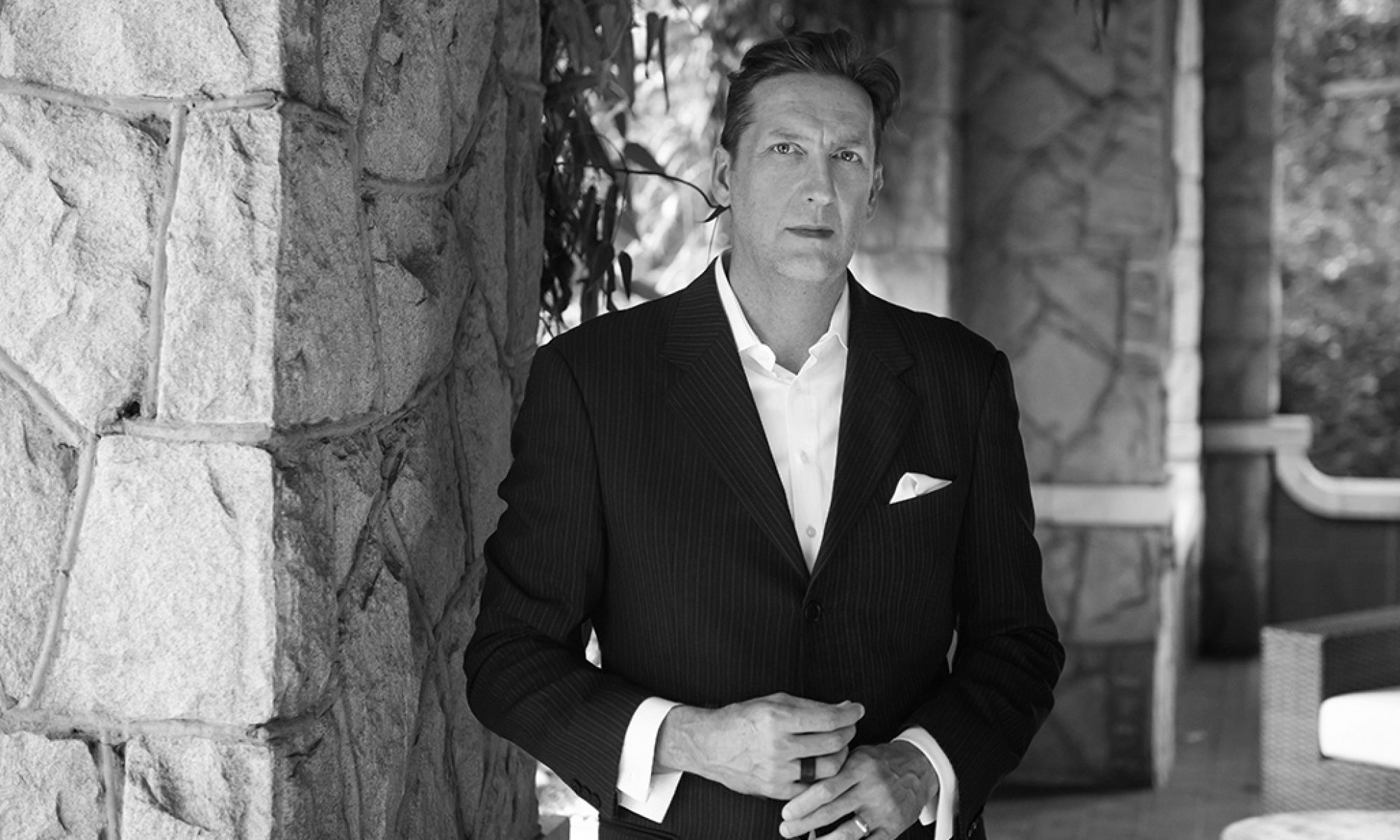Jokes about the size of Obama’s package notwithstanding, discussion on once-and-future efforts to get the country going again but in a different direction are a re-run of the initial green wave. As a correspondent at Marshall’s puts it
My practice group works exclusively in the public sector. Obama’s only constituency in Congress and the nation for bold initiatives, such as Green infrastructure, will come from states (a small handful) that are ahead of the curve on green initiatives. The biggest candidate is CA, where the Governor has already signed legislation that is more aggressive than the federal government, or likely, any other state in the Union. How much congressional representatives from CA are in line with these initiatives is not clear. Other constituencies will be politicians from states with companies heavily invested in green technologies and industries, such as wind farms, solar, and solar thermal (big energy, small footprint so far). Ironically, many of the bigger companies are based overseas.
My conclusion is that the constituency is not ideological, nor is it very deep. Politicians love Green the way they love “tough on crime.” It’s a great ad, and you don’t have to do too much, other than build a few prisons in the latter case, and show pretty pictures of wind turbines in the former. Green initiatives have been seen as a potential boom catalyst. In a global economy that has driven down the price of oil, the national security imperatives that were the strongest political selling points, are lessened. Obama will need to make a case directly to the people and drag a disinterested Congress with him. Does he care enough? Time will tell.
What this financial collapse on so many levels boils down to is an open opportunity to pivot. We already know that we cannot go back to doing/living/driving/buying/building/traveling/growing/powering the way we used to. So this gargantuan effort to stimulate the economy must be informed by that reasoning. It was going to take a gigantic re-investment in public-oriented (mass transit, updated electrical grid) infrastructure all along. Now we are going to get one under the not very different pretext of saving the economy and creating jobs.
Our energy problems and the depressed economy are related, we must let them be one.

